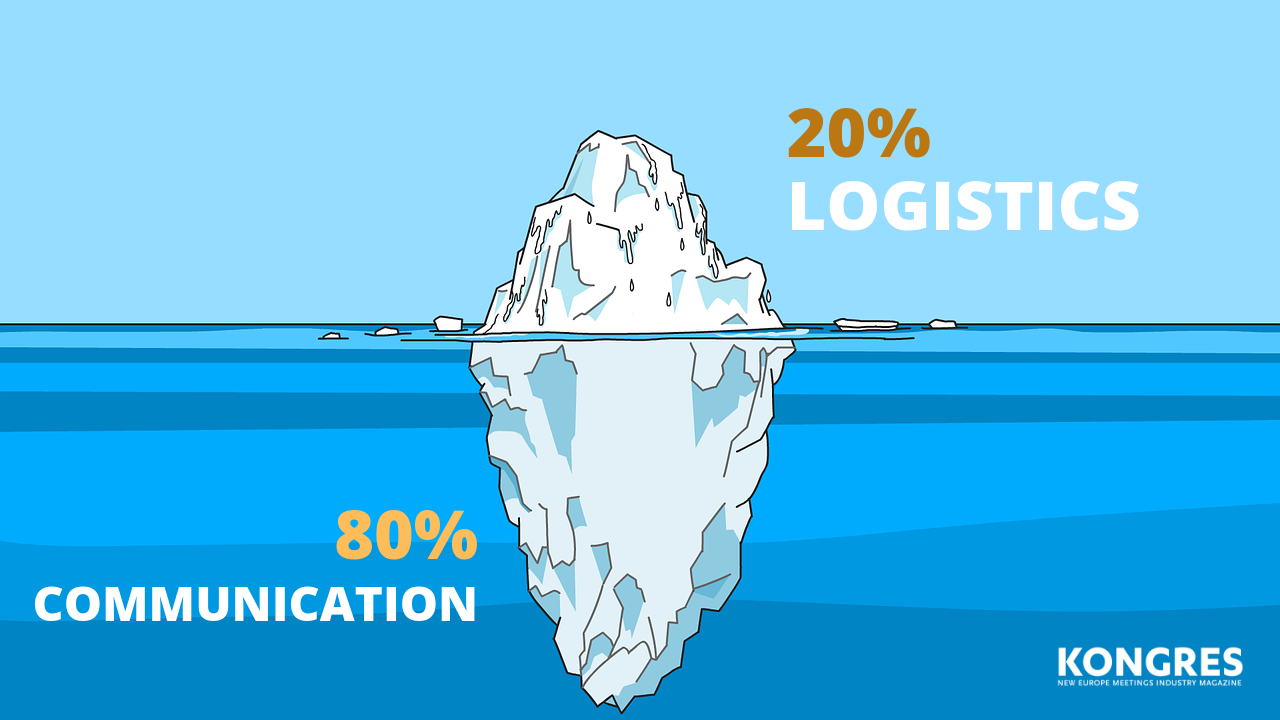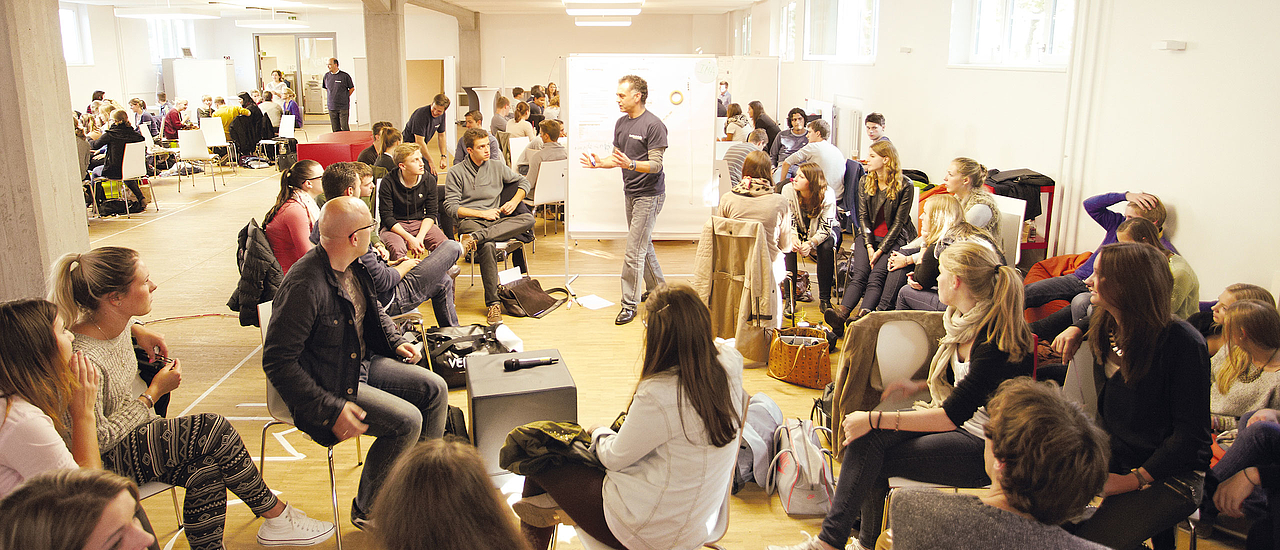
The world of events is growing to be nicer and more efficient
Behind every successful event is a mountain of hard work, knowledge, and almost every time, a bit of luck. Recently, a large culinary event was held in Ljubljana, which turned out to be a big success. I had to congratulate a colleague, who carried most of the burden of the organisation. Respect, I said. Only those, who organise events understand the unforgivingness of the Pareto principle, which I like to sum up as two rules:
- An event is 80% communication and 20% logistics (event management)
- 80% of the effects come from 20% of the causes, which is why a two hour programme, often takes a minimum of 8 hours preparation.

I’m certain that some colleagues could explain this logic even better, but the fact of the matter is that you just can’t organise a great event without a great meeting architect. Yes, you heard that right. Meeting architects are a thing, and have been for some time now. The market has long been known to separate the experts from the self-proclaimed event gurus fairly well. The latter have been swarming the event world, just like professed experts in football.
We only miss meeting architects when something goes wrong. An event falling apart is not just an economic problem, but is also detrimental to your reputation. Just think about a textbook example of an event flop, Fyre Festival.
Regular practice dictates that event organisation should start at the end, meaning the logistics, organising the venue, catering, technical support and functional outset. But things aren’t that simple after all. An event is a strategic marketing tool, the pinnacle of our professional life. An event showcases our visions and lifestyle. It should encourage conversation, exchanging knowledge and personal contact. In the hands of the right meeting architect, all of this can truly come to life. Partnering up with a professional meeting architect is a guarantee for positive results, proven on many cases and backed by statistics.
What separates developed congress destinations from the less developed ones is understanding the importance of meeting architecture. Destinations should encourage educational programmes focused towards professionalisation in event organisation. An excellent example is the Karlshochschule International University in Germany, which offers special event management programmes. Their students are getting jobs in the top German event and experience marketing agencies, turning into true meeting architects.

Karlshochschule International University
If events are created by the streets, a miracle is bound to happen here and there. Despite all the talk about getting with the times, the core values that connect meeting planners remain the same.
Although there is no prescribed recipe for good meeting architecture, there are some logical frames and structures you can follow. Every event must be formed afresh and from the start, event if it’s the 99th edition. The goals and purpose of the event are changing and the result is oftentimes a compromise between what is physically possible and what you envisioned. A meeting architect always faces limitations, whether they are technical, financial or on the basis of content that he can fill inside the timeframe. The event scheme all depends on the meeting architects creativity and understanding the client.
When we designed the “Power to the meetings” methodology over five years ago, we had a good idea of what we were creating. An environment and tool for a new generation of events, which is now being used or followed in individual stages by more and more meeting planners. They are rewarded with excited and satisfied participants, which is also a big reward for us. We are more than happy when colleagues tell us that they followed our methodology and it worked, we are also always happy to give some additional pointers. When they understand meeting architecture, they start to enjoy the added value it brings and become our loyal followers.
This is why we have decided to publish the entire methodology in book form, so let this editorial be an announcement for the upcoming Power to the meetings book, coming out in autumn of 2019. We believe that it will be one reason more for the event world to become a tad bit nicer.



